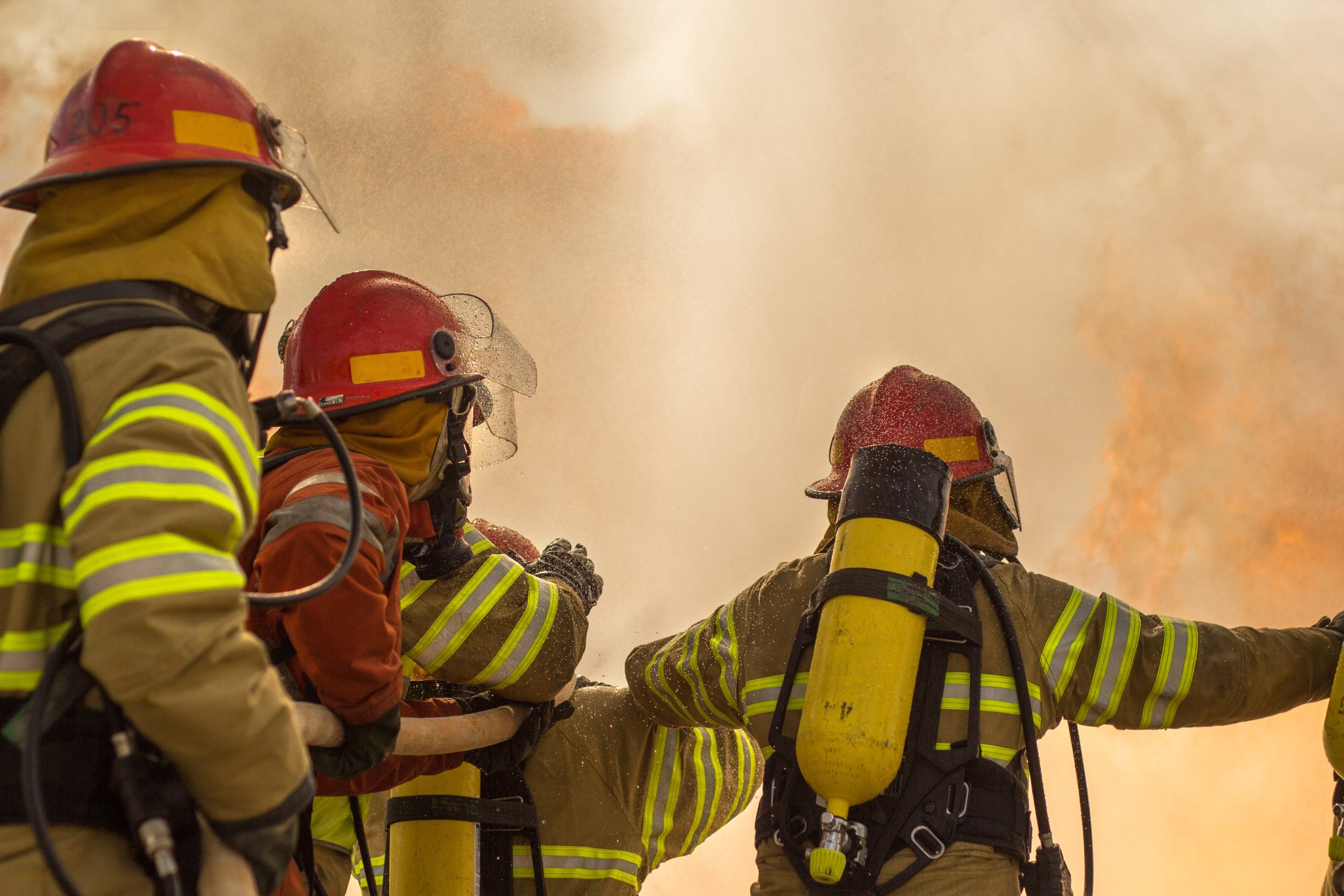Maintaining reliable communication is crucial for emergency responders, especially in situations where radio signals are weakened. This is where Bi-Directional Amplifier (BDA) systems play a vital role. Buildings constructed with materials like metal framing, steel windows, or concrete can obstruct two-way communication signals. To enhance in-building radio frequency coverage for public safety radios, the implementation of a BDA system becomes necessary.
BDA systems act as signal boosters for buildings with inadequate ERRS coverage. Within certain buildings, there may be areas known as “dead zones” that experience weak signal strength. These dead zones prevent two-way radios from functioning properly, potentially endangering the lives of first responders. In such instances, fire, EMT, or police personnel might struggle to signal each other for additional assistance.
Numerous facilities face connection challenges in various areas, such as stairwells, parking garages, tunnels with concrete walls, and elevator lobbies. BDA systems effectively amplify signals for both transmission and reception, ensuring consistent coverage throughout these locations.
Installing BDA systems greatly enhances communication and the safety of first responders when entering buildings during emergencies. By eliminating dead zones and optimizing radio signal strength, these systems enable seamless coordination and swift response.
Benefits of a BDA System:
1. Safer First Responders: Ensures the well-being of emergency personnel by providing reliable communication channels.
2. Improved Communication and Coordination: Enhances the ability of first responders to coordinate effectively, improving response times and overall efficiency.
3. Peace of Mind: Offers reassurance that communication will remain clear and uninterrupted, enhancing overall safety during emergencies.
4. Clear Reliable Radio Communication: Facilitates consistent radio communication both inside and outside the building, regardless of structural obstacles.
5. Meeting Code Requirements: Compliance with state standards, such as conducting an ERRS signal strength survey, ensures adherence to regulatory codes. Buildings with less than 100% signal coverage may require a full or partial BDA system installation.
Many states have implemented new regulations mandating an ERRS signal strength survey for commercial and large multi-dwelling residential properties. Failure to achieve 100% signal coverage, as determined by the survey, may necessitate the installation of a BDA system. This requirement applies to existing buildings and new construction projects. Examples of structures that may require BDA systems include apartment buildings, airport terminals, government buildings, hospitals, hotels, parking garages, schools, stadiums, warehouses, and other facilities where a location or construction materials can impede two-way radio communication for first responders.
AFA Protective Systems, Inc. is staffed with expert technicians who specialize in conducting signal surveys, installing, and maintaining reliable, code-compliant BDA systems for buildings. Contact us at 877-274-6031 to learn more about how we can help you ensure seamless communication during emergencies.










